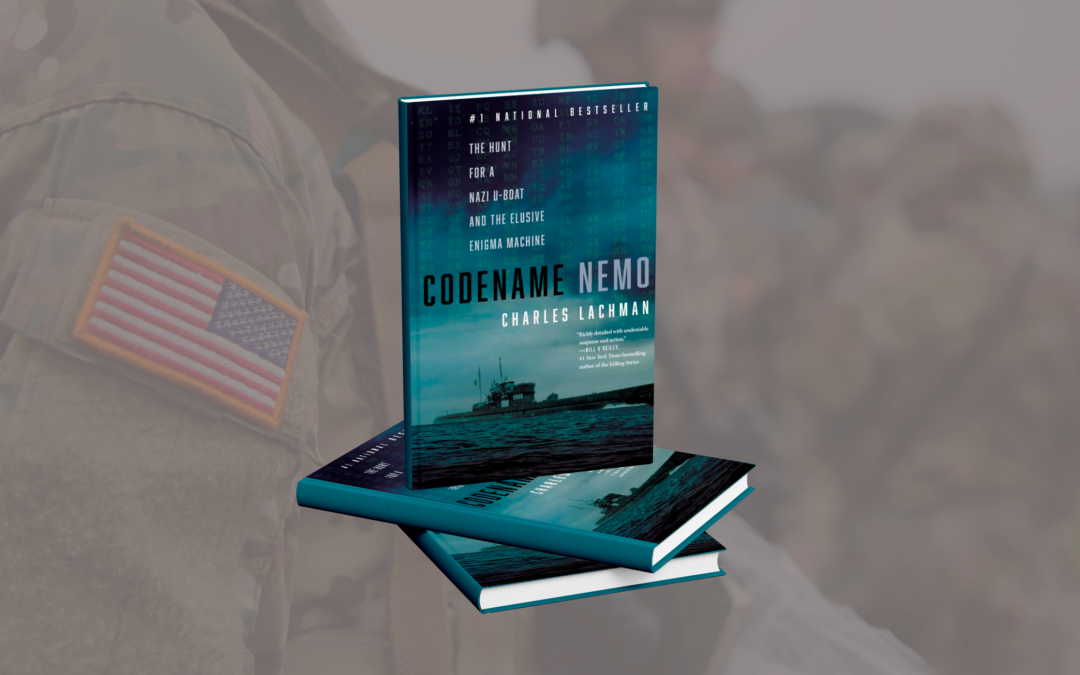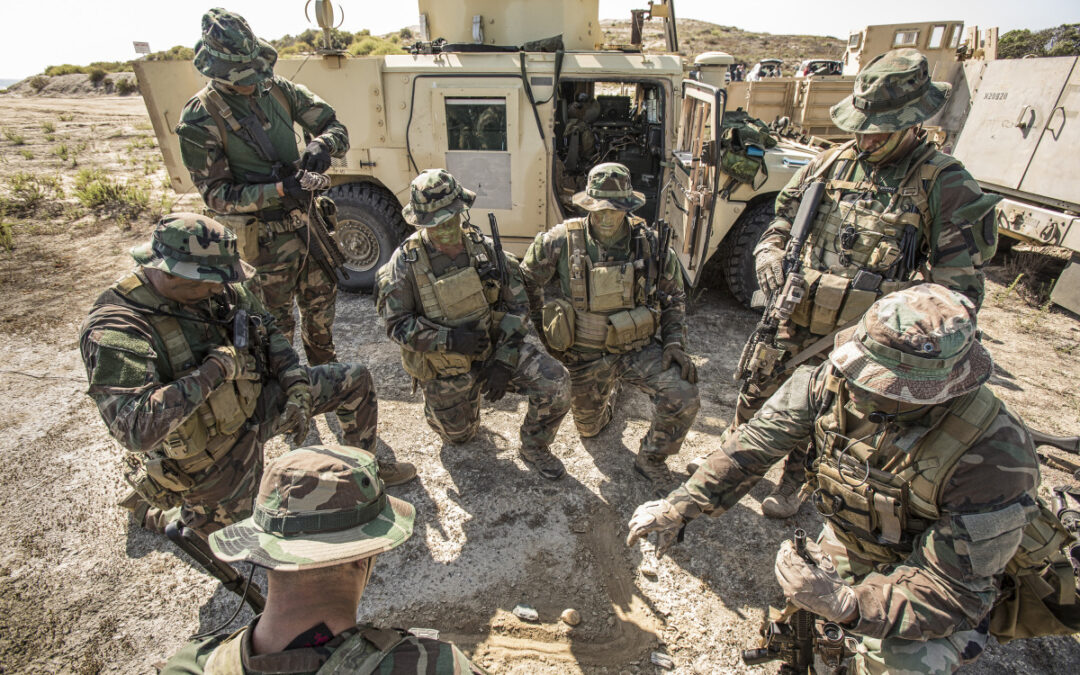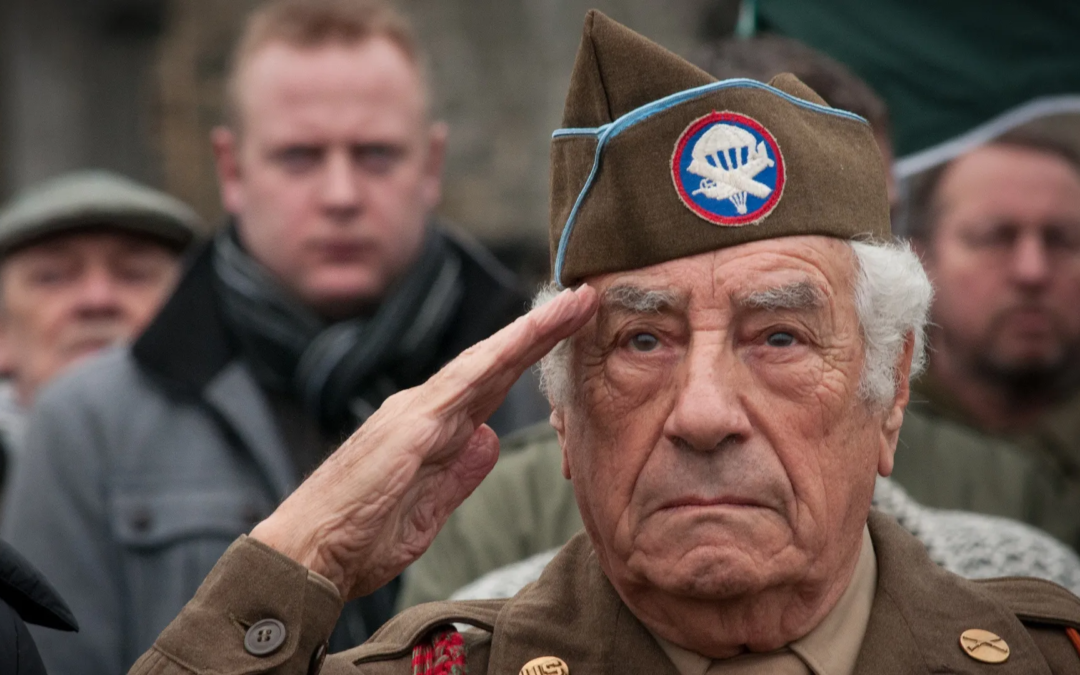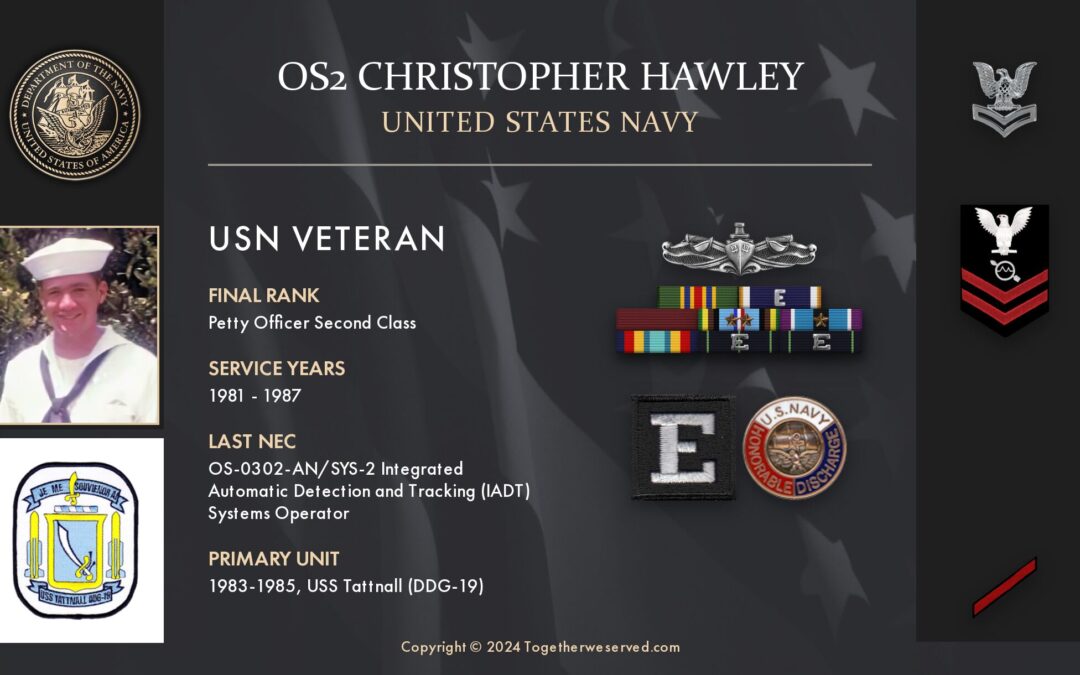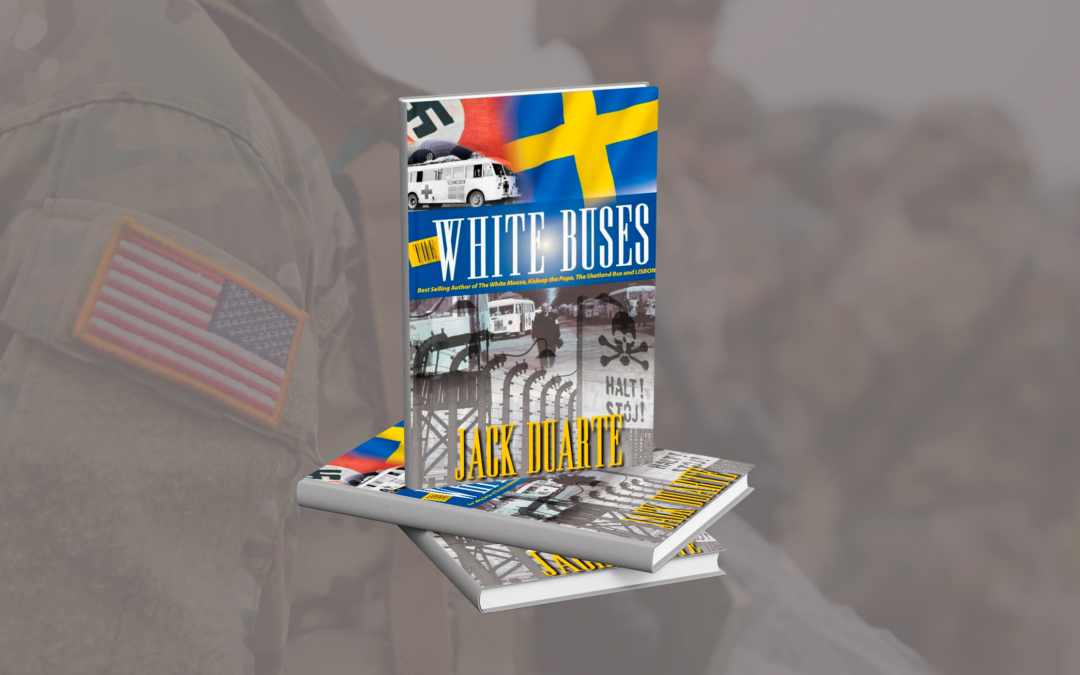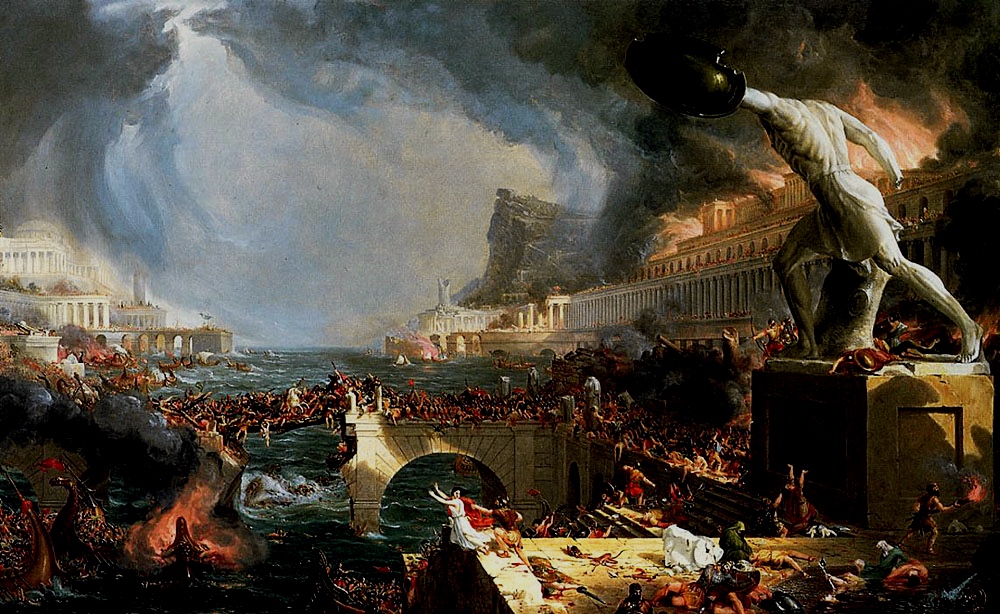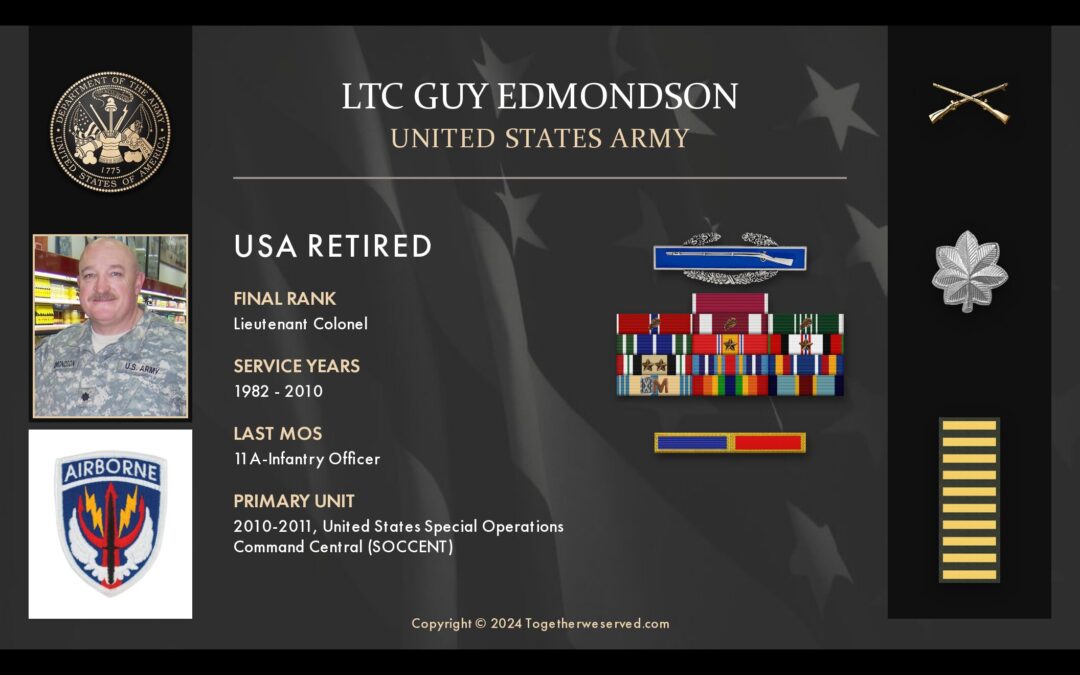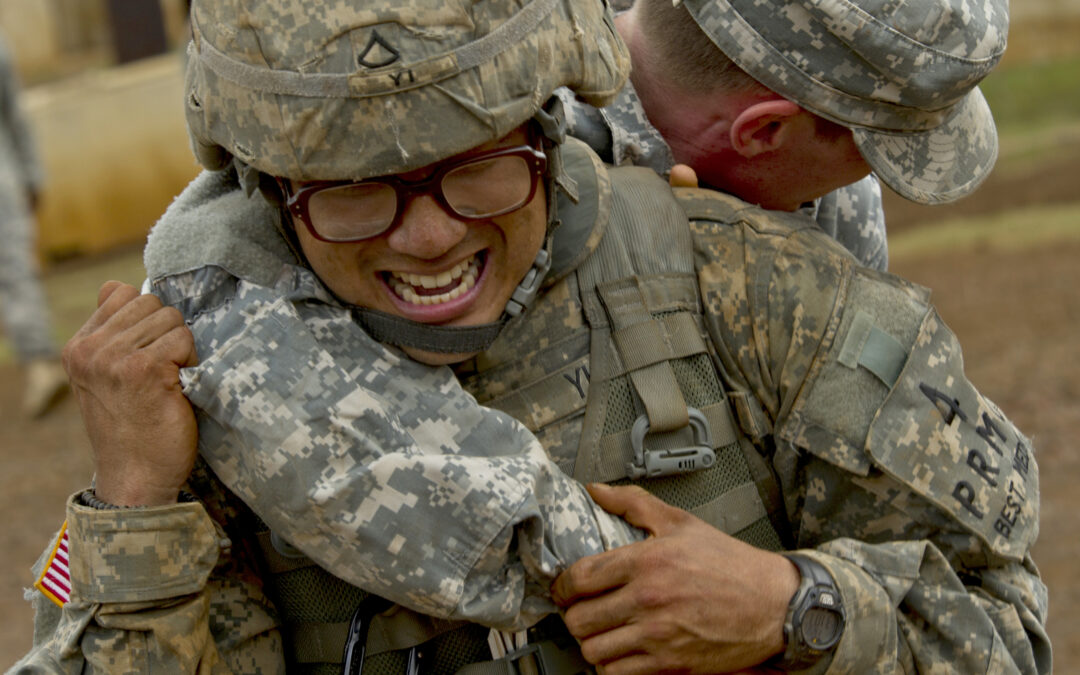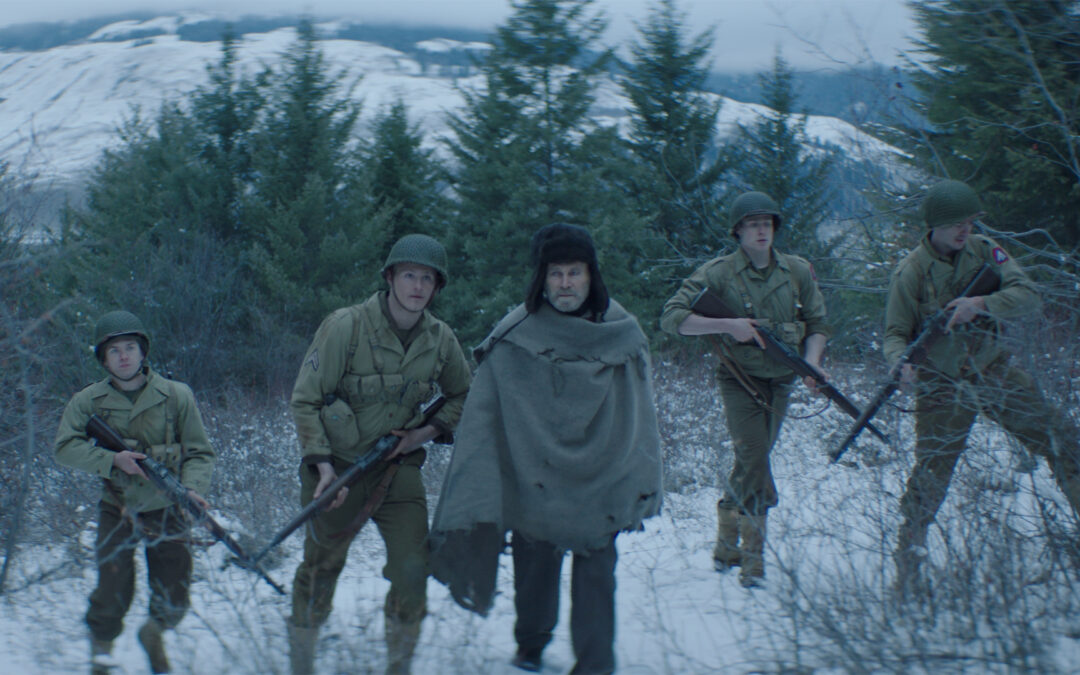On June 4, 1944, the escort carrier USS Guadalcanal and its escort destroyers picked up a sonar ping. A U-boat was hiding off the coast of Cape Verde. U.S. Navy Captain Daniel V. Gallery was in command of his second hunter-killer cruise as skipper of the Guadalcanal. Having already sunk three U-boats, he was determined to capture one and get the trove of valuable intelligence information hidden aboard it. He was so ready to make history; he had several boarding teams and a film crew ready and...
